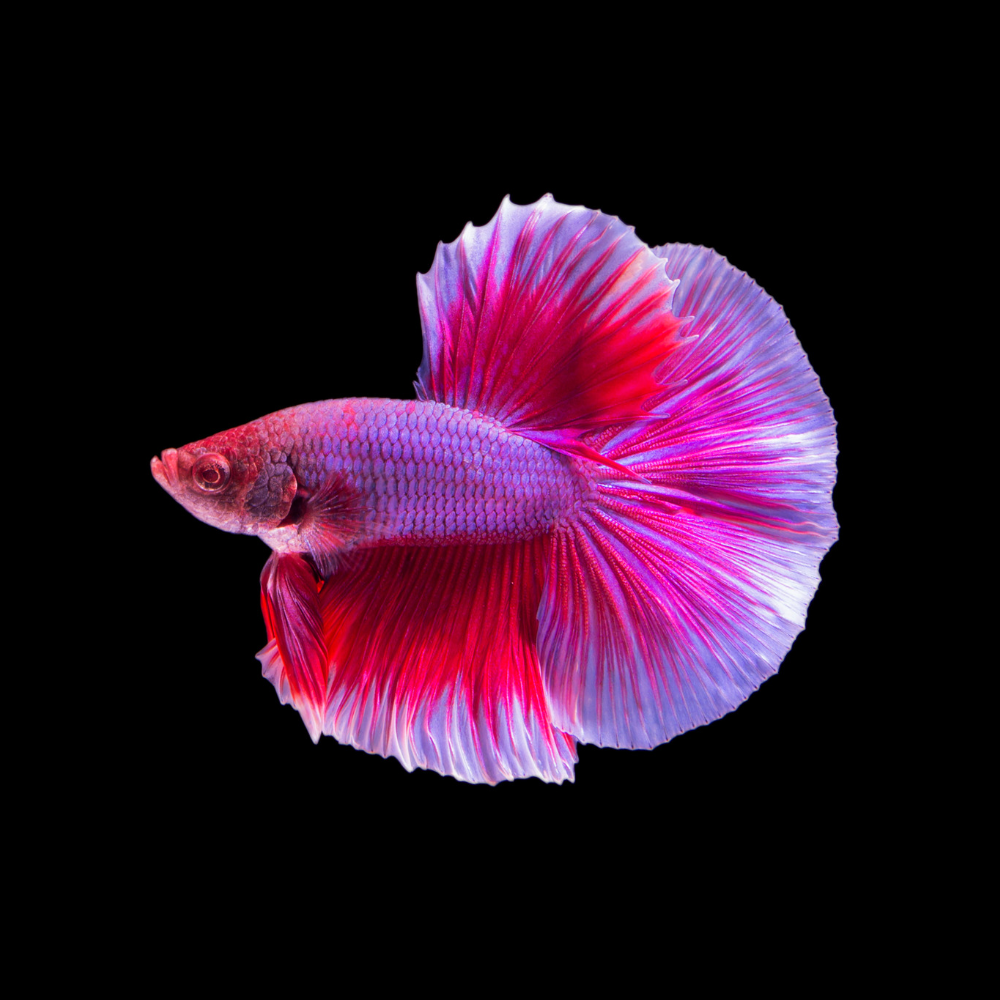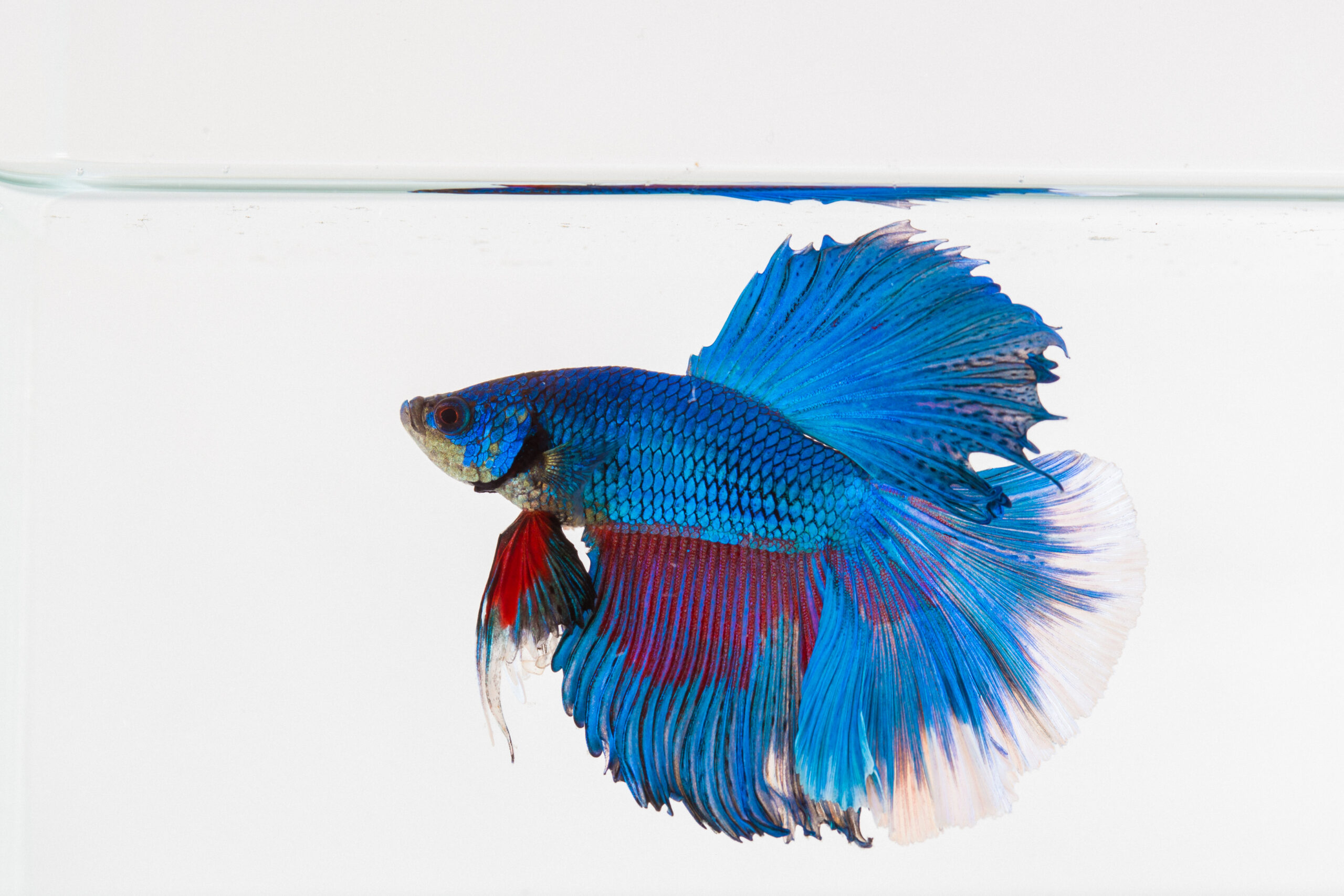Betta Fish Care: Essential Tips for a Healthy and Happy Pet
Breeding Betta Fish: a Comprehensive Step-By-Step Guide to Successfully Raising Baby Bettas From Eggs to The Adult Years
Breeding Betta fish is a precise undertaking that calls for cautious preparation and implementation to make certain the effective development of fry from eggs to develop fish. As the male Betta vigilantly constructs a bubble nest and guards the valuable eggs, the succeeding stages of care and shift demand interest to detail and knowledge of ideal methods.

Picking Breeding Pairs
When embarking on the journey of breeding Betta fish, selecting the ideal reproduction sets is crucial to accomplishing preferable qualities and a healthy and balanced lineage - betta fish. The very first step in this process is to identify the certain qualities you wish to enhance or protect, such as color, fin type, and physique. It is necessary to pick genetically diverse sets to stay clear of inbreeding, which can lead to health and wellness problems and undesirable characteristics
Evaluate prospective breeding prospects very carefully. A healthy and balanced male Betta should display vivid shades, an active temperament, and well-formed fins, while the lady needs to likewise show vibrant pigmentation and a rounded tummy, indicating preparedness for spawning. Observing the personality of both fish is essential, as hostile or overly timid people might not reproduce effectively.
Maintaining records of the moms and dad fish's origins can help you track genetic characteristics and potential concerns. Ultimately, spending time in the selection process will dramatically improve the likelihood of generating solid, vibrant offspring that meet your breeding objectives.

Preparing the Reproduction Container
Producing an optimum breeding environment is a key action after choosing suitable sets for Betta fish. The breeding storage tank should be especially designed to give convenience and promote the all-natural reproduction habits of the fish. Begin with a storage tank size of a minimum of 10 gallons to ensure ample space for both the man and female Bettas.
Preserve a mild filtration system to keep the water tidy while preventing strong currents that can emphasize the fish. Additionally, an air rock can be included in give oxygenation without interfering with the water surface way too much.
Temperature level regulation is crucial; go for a secure series of 78-82 ° F(25-28 ° C) making use of a dependable heating system. The pH level need to be kept in between 6.5 and 7.5, and routine water changes are required to guarantee high water quality.
Include drifting plants or spawning mops to develop hiding places for the female, while also encouraging bubble nest structure by the man - betta fish. Finally, guarantee the storage tank is totally free from sharp decorations and any kind of possible hazards, as the well-being of the fish need to constantly be focused on during this important stage of reproduction.
The Reproduction Process
Normally, the breeding process for Betta fish involves a collection of distinctive and visible actions that suggest preparedness for reproduction. The male Betta starts by developing a bubble nest at the water's surface, which works as a site for This Site the fertilized eggs. This nest is crucial, as it offers a risk-free setting for the eggs till they hatch out.
As soon as the nest is established, the man will present courtship behaviors, such as flaring his fins and displaying dynamic colors to bring in the woman. The woman, upon sensing the male's preparedness, will certainly respond by presenting vertical stripes along her body, signaling her receptiveness.
The fed eggs after that fall to the bubble nest, where the male carefully collects and returns them to the nest. Following i loved this this, the male thinks duty for protecting the nest and making sure the safety and security of the eggs up until they hatch, generally within 24-36 hours.
Taking Care Of Betta Fry
Looking after Betta fry needs careful interest to their environment and nutrition to make sure healthy development and growth. After hatching out, Betta fry are very little and susceptible, requiring a stable and clean habitat. Maintaining a water temperature in between 78 ° F and 80 ° F is essential, as Betta fry grow in warm problems. Additionally, guarantee that the water is without harmful toxic substances; normal water adjustments of 10-20% are suggested to maintain optimum water high quality.
Feeding Betta fry is just as important. Initially, they should be provided infusoria or finely smashed premium fry food, as their mouths are as well little to manage larger particles. As they expand, you can progressively introduce bigger foods, such as baby brine shrimp or powdered flakes, to guarantee they receive adequate nutrition. Feed them percentages a number of times a day, being mindful not to overfeed, which can cause water quality problems.
Transitioning to Adult Bettas
As Betta fry mature, transitioning them to grown-up Bettas is an essential phase that calls for mindful monitoring of their setting and social interactions. This procedure generally see here now starts when the fry get to around six weeks of age, at which factor they can be progressively presented to a much more organized living atmosphere.
To facilitate this shift, it is necessary to ensure that the water parameters-- such as temperature level, pH, and ammonia degrees-- are optimum and secure. Adult Betta fish prosper in warm water (around 78-80 ° F) with a pH of 6.5 to 7.5. Gradually adapt the fry to these conditions to decrease tension.
Social interactions are an additional essential factor; man Bettas are infamously territorial and aggressive. For that reason, it is a good idea to separate males right into specific storage tanks as they mature. Female Bettas can be housed with each other, but treatment needs to be required to keep track of for indications of aggression.
In addition, dietary adjustments ought to be made as the fry grow. Incorporate top notch pellets and live foods to support their growth and wellness. By managing these factors effectively, you can promote an effective shift to the adult years for your Betta fish.

Final Thought
Successful breeding of Betta fish calls for mindful attention to detail throughout the entire process, from choosing genetically diverse sets to offering optimum treatment for fry. Additionally, a well balanced diet and steady adjustment to grown-up environments are vital for the growth and growth of Betta fish.